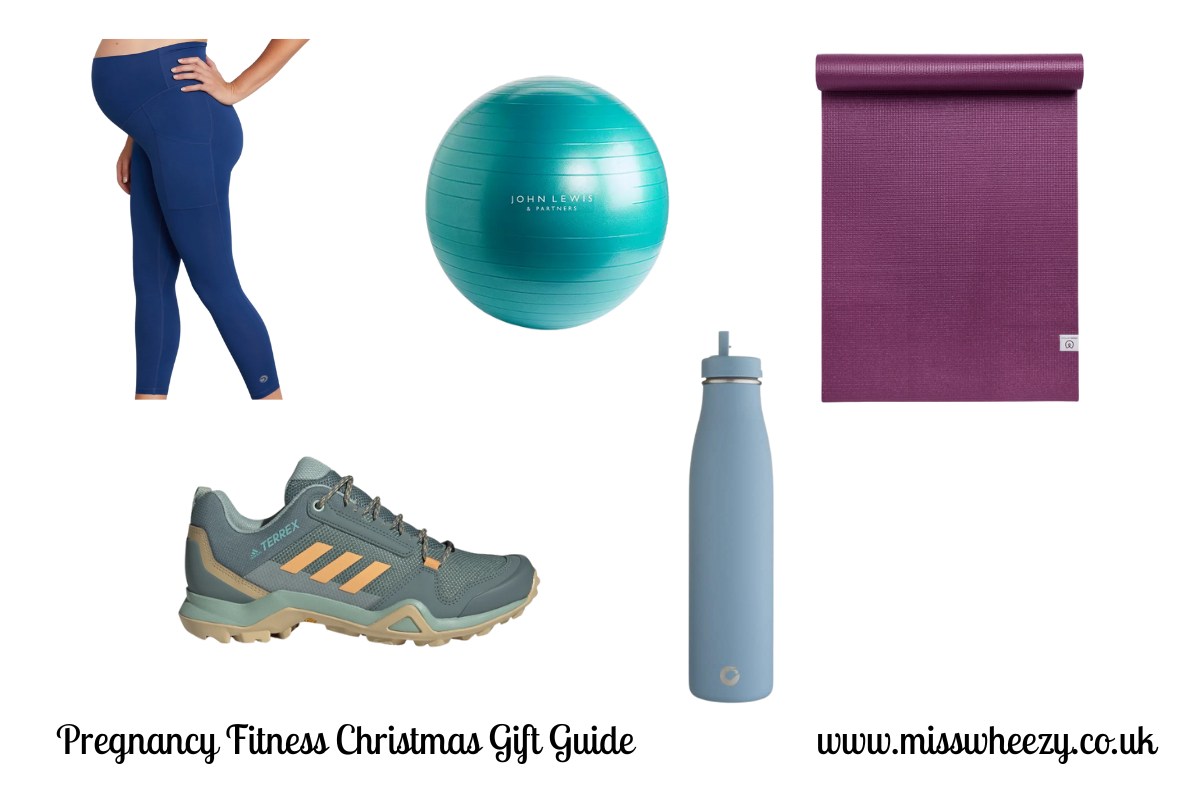This is a guest post from the lovely people at The Supplement Centre. They recently compiled a list of the "Best blogs by remarkable runners" which I was very privileged to be included in! They've also sent me some whey protein to try out (chocolate flavoured, nom!), and I'll be posting the review at a later date.
However, if you're wondering what whey protein is or what all the fuss is about, or if you really need to consider supplementing your diet with protein shakes, then read on!
 |
| Source |
Which whey now?
If you’re new to working out, or looking to change your training regime, chances are you’ll need to think about your diet too.
Without good nutrition, going faster, stronger and harder will be much more difficult, if not impossible. Here we take a look at one of the body’s key building blocks as part of a healthy diet – protein.
Why protein?
Protein is one of the key components of the human body – and it’s not just used to build muscle. Your hair and nails are made of it, as are the upper layers of your skin. Bones are hardened with calcium, but the basic rubbery structure is protein.
The hemoglobin that carries oxygen around your body is a form of protein and the neurotransmitters (messengers hurtling around your nervous system) are constructed from – you guessed it – protein. In fact, protein forms the inner and outer membrane of every single cell of your body(1).
How much?
The UK Food Standards Agency (FSA) advises that the average adult between the ages of 18 and 50 needs to consume 55g of protein(2) or between 0.8 and 1g of protein per kilogram of bodyweight. Most (if not all) of this is easily contained in a healthy diet. But if you’re training, do you need more?
The simple answer is yes, but not perhaps as much as you might imagine.
|
Group
|
Protein intake (g/kg/day)
|
|
Sedentary men and women
|
0.8 - 1.0
|
|
Elite male endurance athletes
|
1.6
|
|
Moderate intensity endurance athletes(a)
|
1.2
|
|
Recreational endurance athletes(b)
|
0.8 - 1.0
|
|
Football / powersports
|
1.4 - 1.7
|
|
Resistance athletes (early training)
|
1.5 - 1.7
|
|
Resistance athletes (steady state)
|
1.0 - 1.2
|
|
Female athletes
|
15% lower
|
(a) Exercising four to five times per week for 45 - 60 min
(b) Exercising four to five times per week for 30 min at less than 55% max
Source: Burke and Deakin, Clinical Sports Nutrition, 3rd Edition, McGraw-Hill Australia Pty Ltd, 2006
Where from?
Protein is found in meat, fish, pulses, nuts and seeds, and dairy products, and it’s found in lower concentrations in your standard fruit and veg. You can also buy whey protein supplements to boost your intake if necessary. Here’s a brief rundown of the protein content of some common ingredients(3):
|
Ingredient
|
Protein (g/100g)
|
|
Whey protein supplement
|
51
|
|
Lentils
|
28*
|
|
Chicken
|
23.7
|
|
Almonds
|
21.1
|
|
Albacore tuna
|
21.1
|
|
Mackerel
|
20.5
|
|
Lean beef mince
|
20.3
|
|
Eggs
|
12.4
|
|
Tofu
|
8.5
|
|
Low fat natural yoghurt
|
5.2
|
* Not a complete protein – combine with other beans and whole grains for a protein rich veggie option
When to eat it
Because protein takes your body longer to digest than some other foods, taking on board large amounts of protein at a single sitting can make you feel bloated and uncomfortable. Instead, eat little and often.
A protein supplement taken an hour or so before and immediately after exercise can maximise the benefit you get from training and help with recovery. But do check to make sure you don’t over do it – always keep your daily intake of protein below 2g/kg of bodyweight(4).
With the appropriate fuel, your body will find it much easier to cope with the demands of training. Good nutrition, combined with exercise, promotes a healthy body and mind – the most important training goal of all.
(3) All figures from products sold by Waitrose
Check out my blog in the next few days for my Whey Protein review! Have you ever tried protein shakes or other supplements when training?
Beki x
NB: This is a guest post from The Supplement Centre. I have not been paid to host it, but was offered some whey protein to try out.







![[STICK MAN] We made the most of the gorgeous spring sunshine today and went on a forest adventure to find Stick Man at @forestryengland Salcey Forest! 🌳🌲
We didn't make it round the whole trail due to getting distracted building dens and saying hi to the Gruffalo (of course), but it was a fun activity with stickers, a Stick Man lanyard and other treats along the way.
Someone even fell asleep in the car on the way home after all the woodland excitement...with his very own Stick Man on the seat next to him 💙
.
.
.
#outdoorfamily #outdoorbloggers #outdooradventures #toddlerlife #outdoortoddler #lovetheoutdoors #exploremore #stickman #stickmantrail #salceyforest #forestryengland #forestadventures #movingthroughmotherhood #bedfordshiremums #bedfordmums #mumstagram #mumlife #gruffalotrail](https://www.misswheezy.co.uk/wp-content/plugins/instagram-feed/img/placeholder.png)